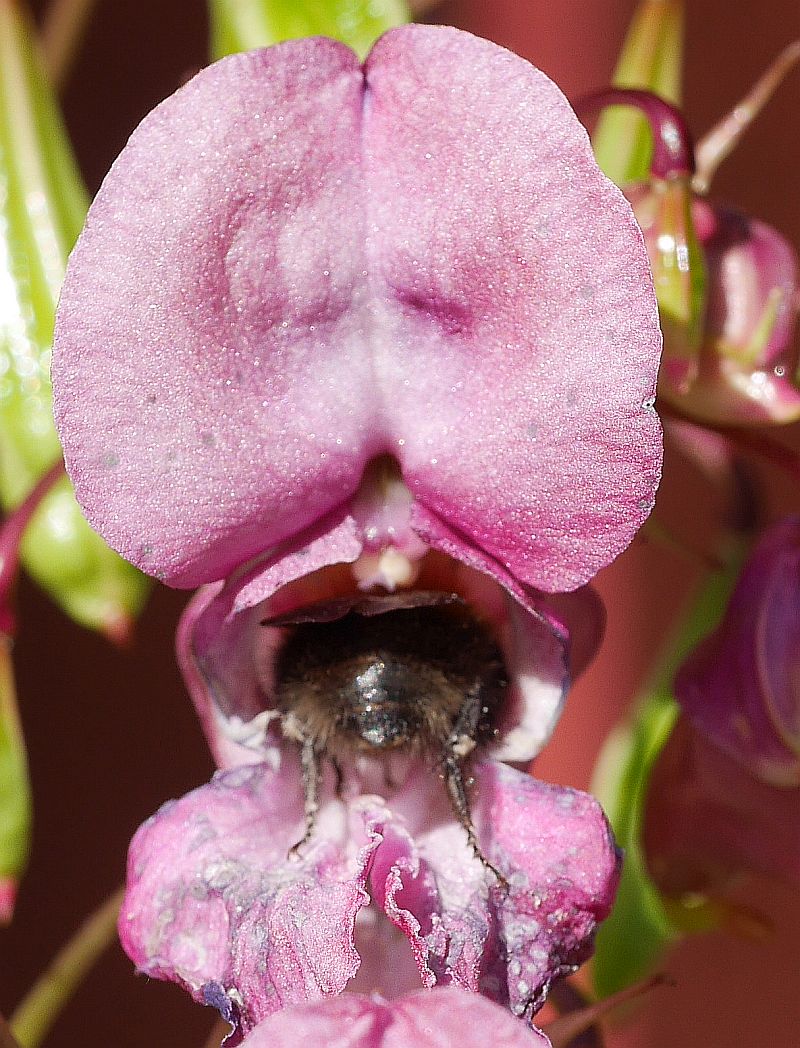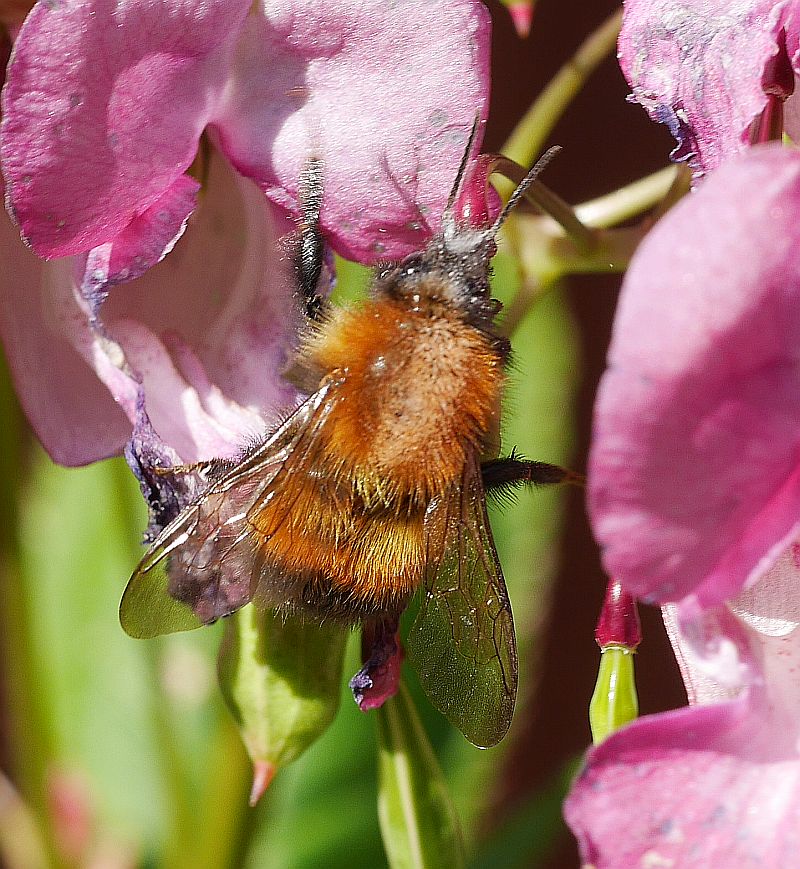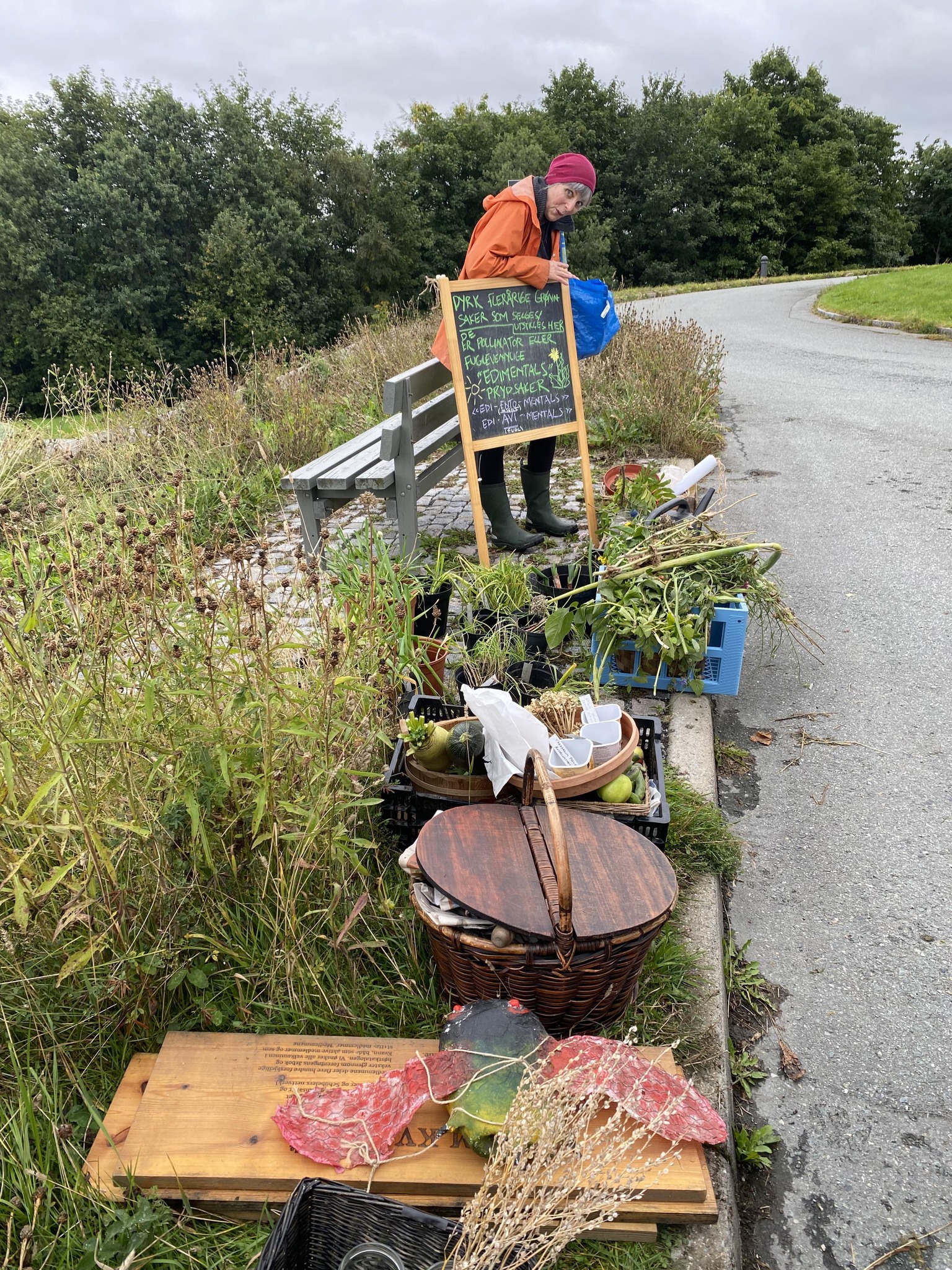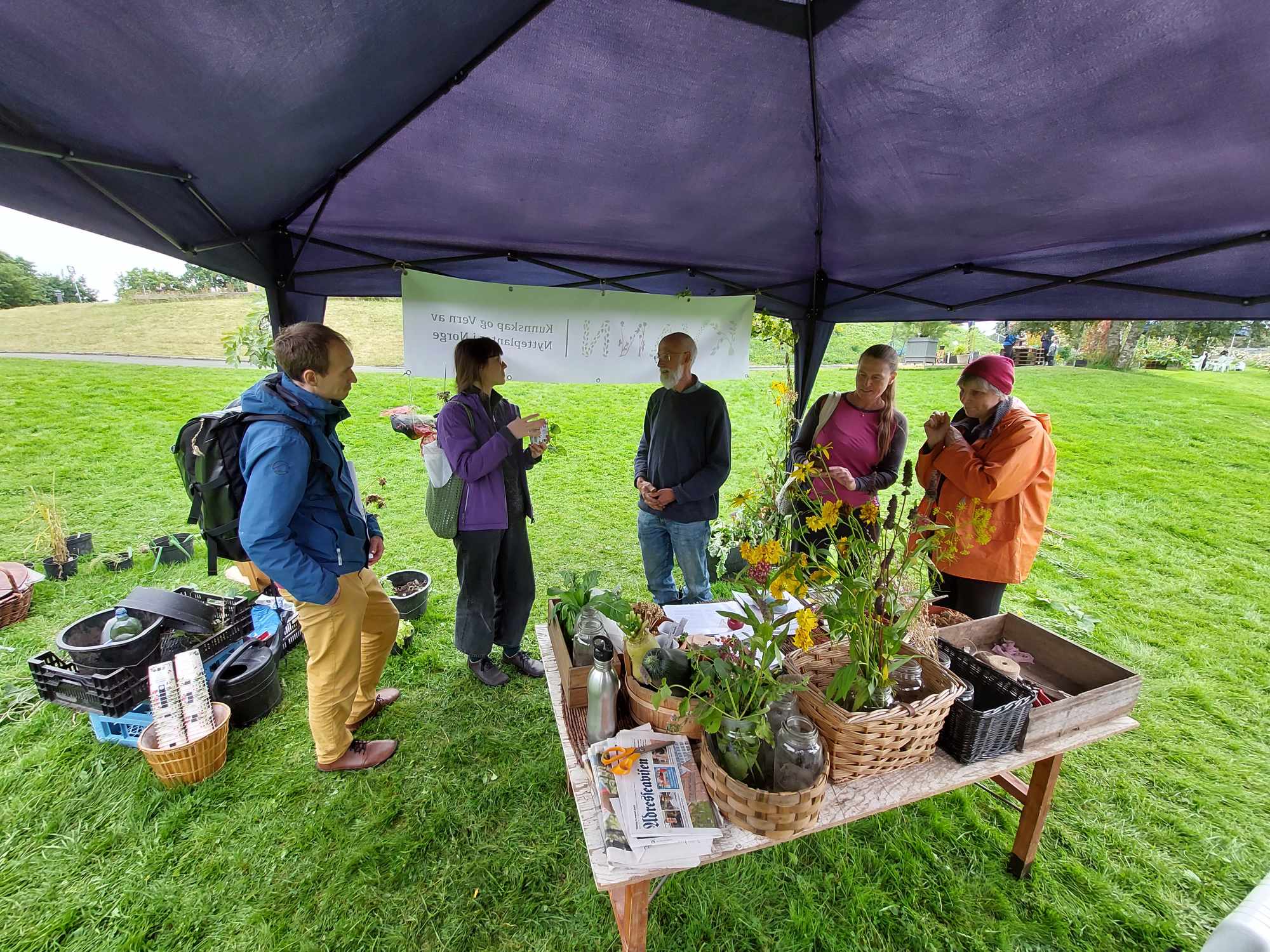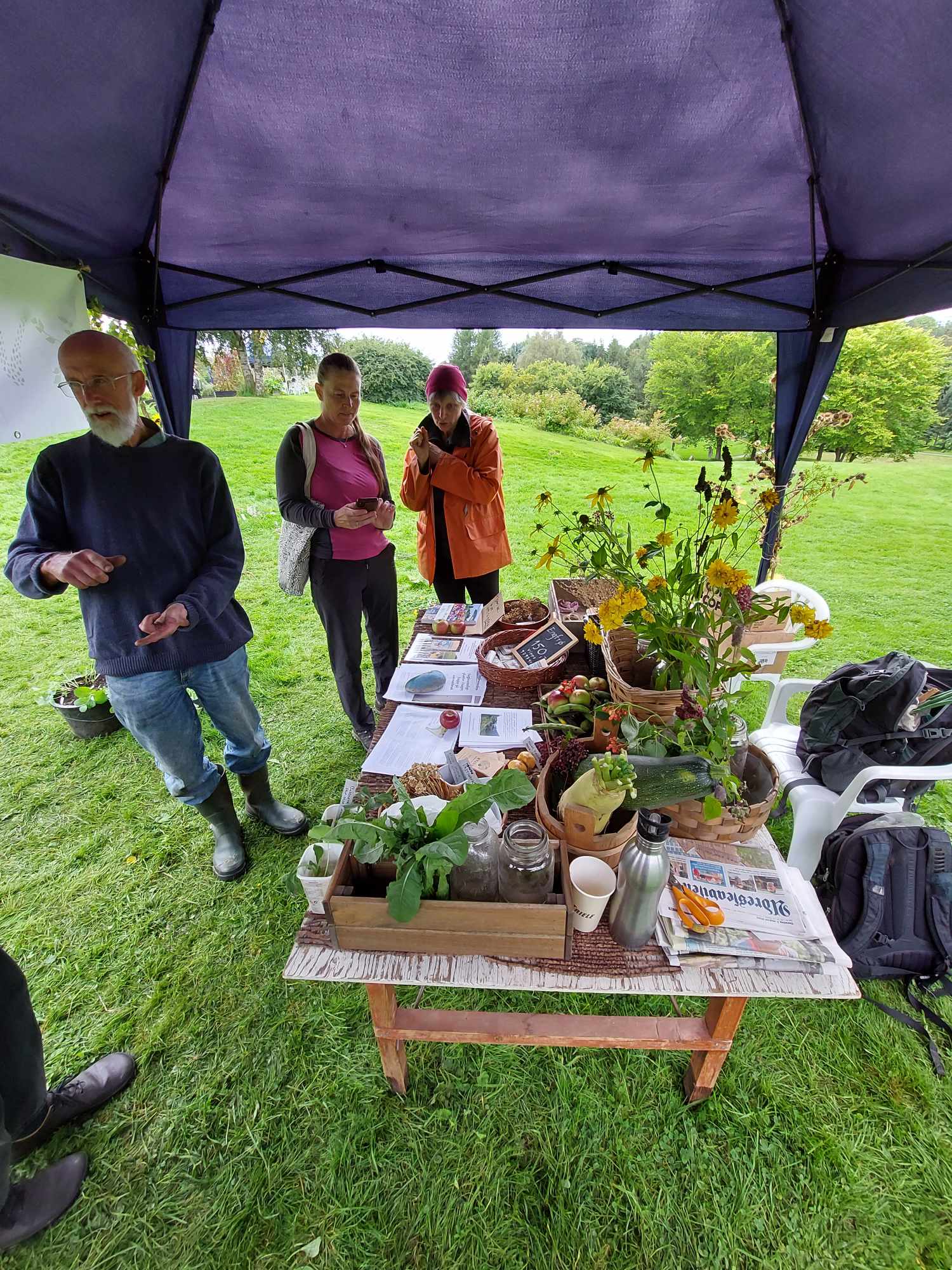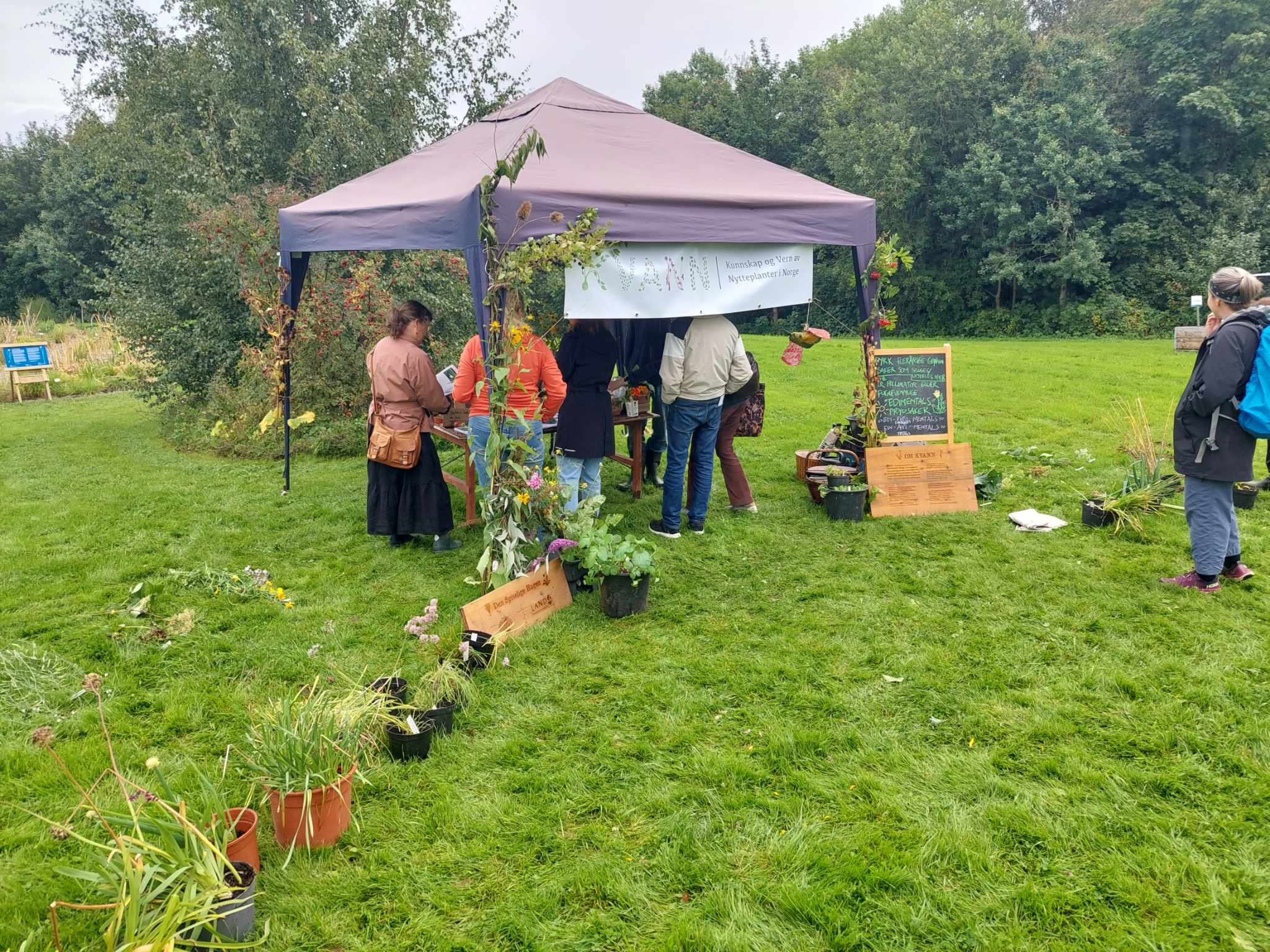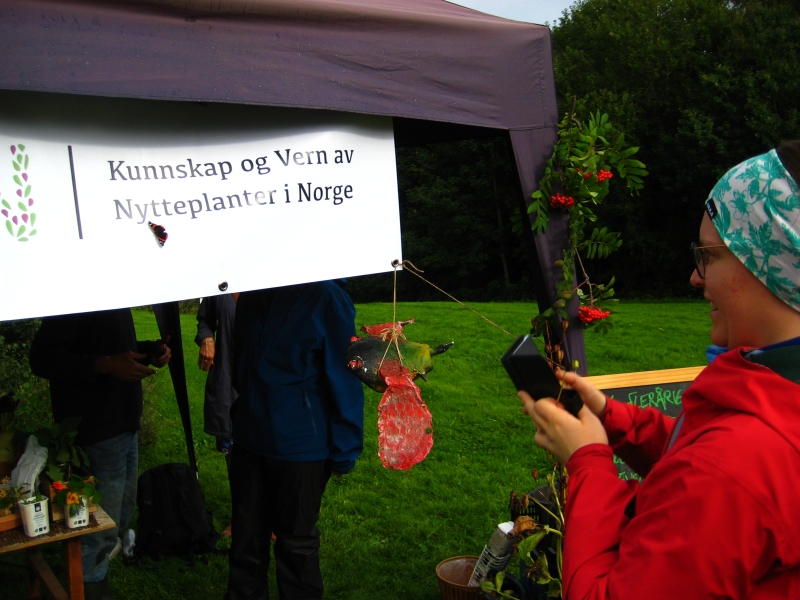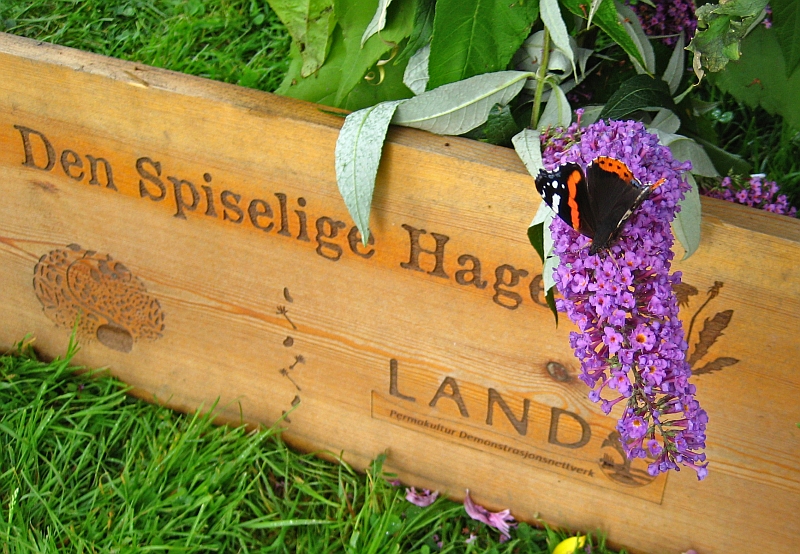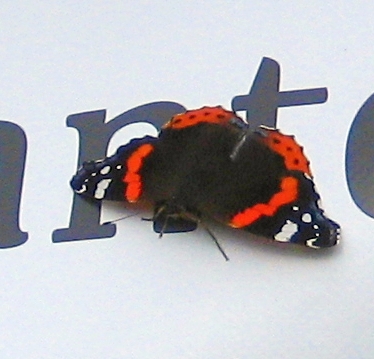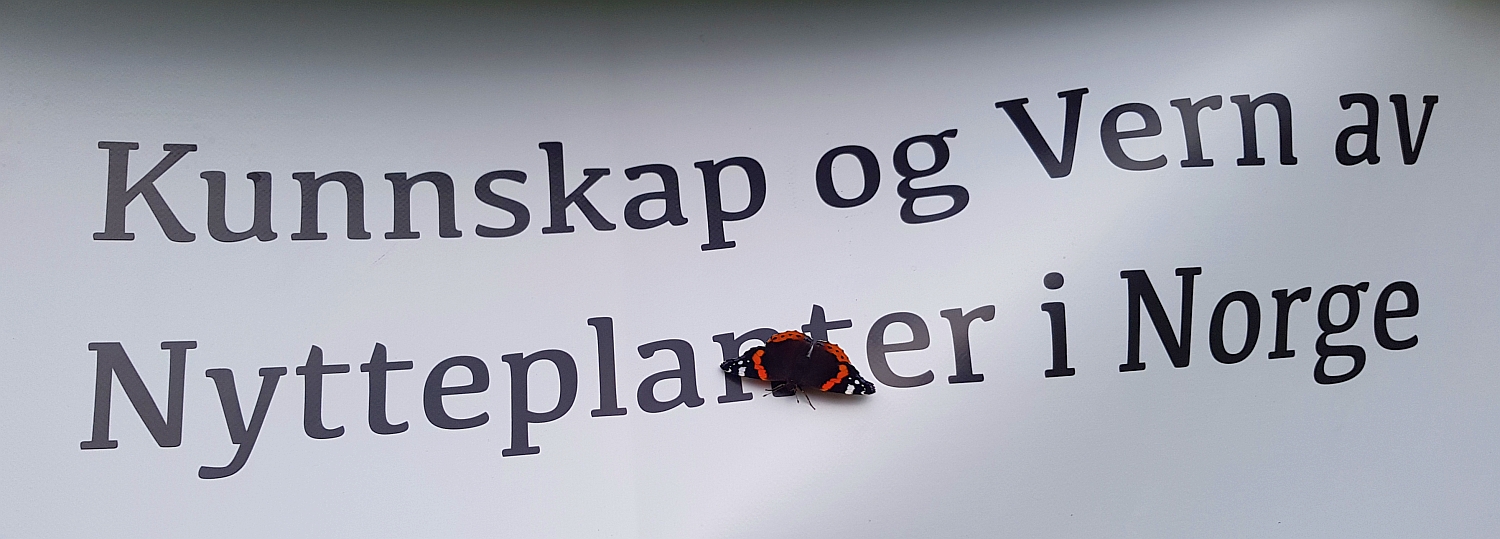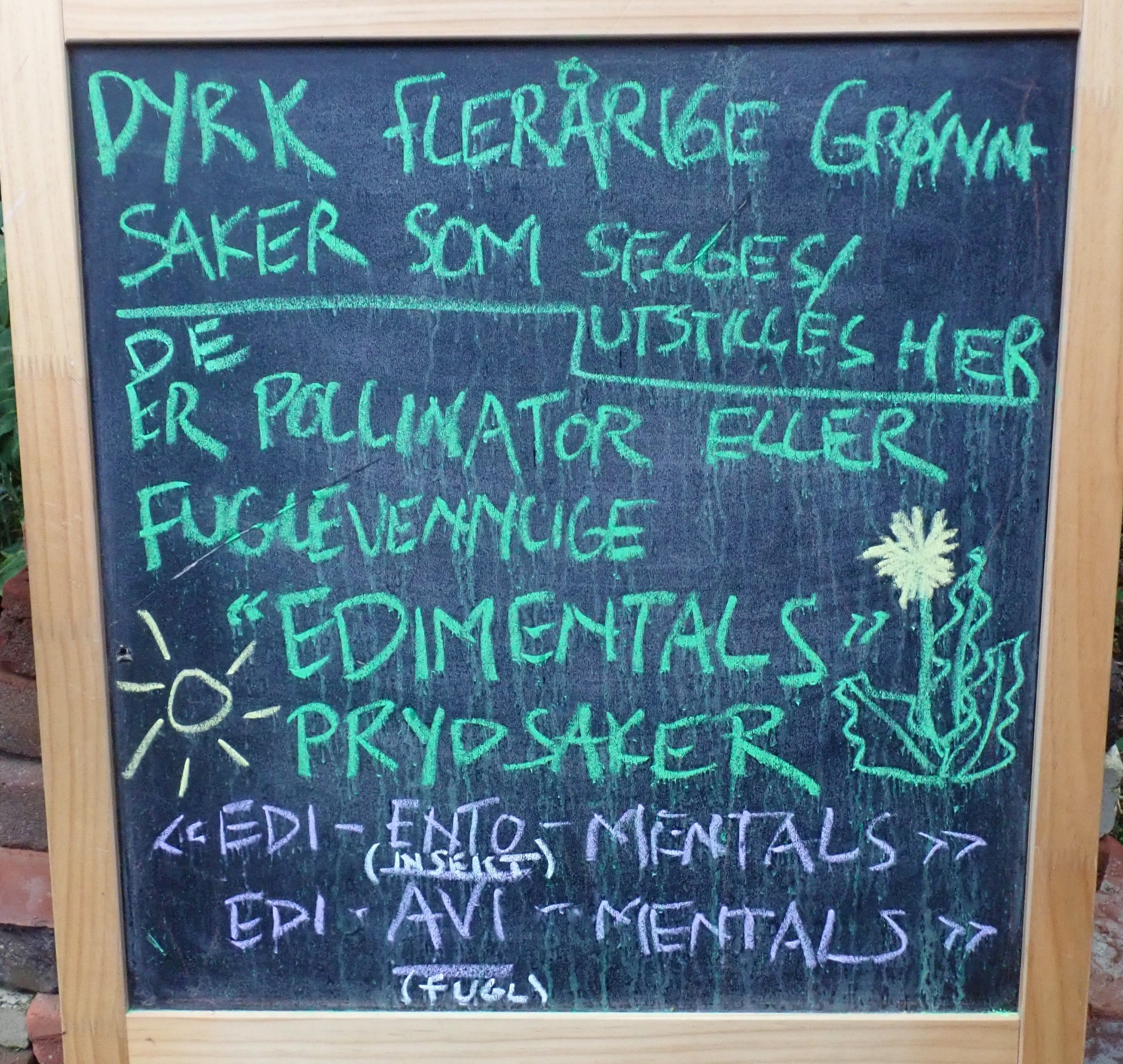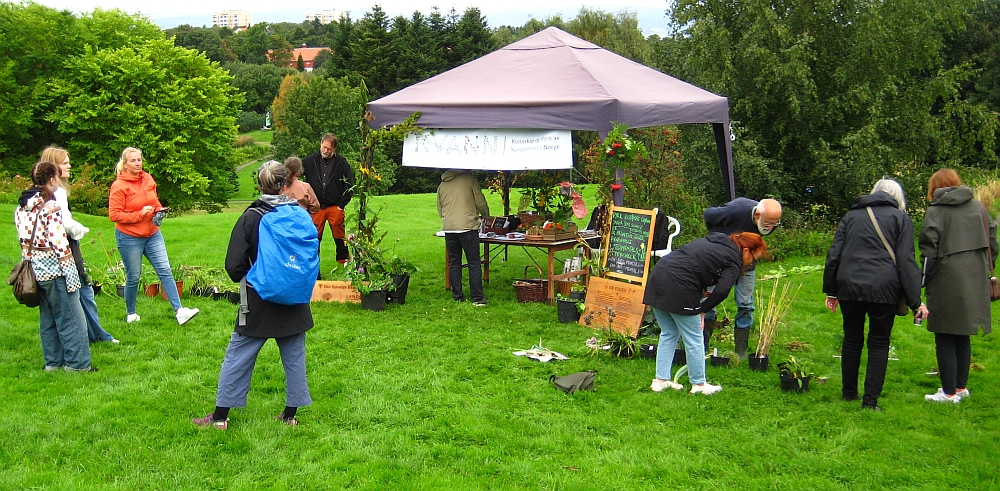It was fun putting together my talk “A Virtual Edimentals Walk Around Burnley Gardens” today 6th March, although I’m not used to talking at 9 am! To explain, it was a climate friendly zoom talk from home with the good folks of The Herb Society of Victoria at Burnley in Melbourne, Australia. During 2014 when my book was published and COVID lock down in 2020, I travelled the globe giving talks based on the book and did many walks and talks in botanical gardens and other plant collections. About 1/3 of all plants are edible, so maybe over 100,000 species have been used by people around the world and there is never a shortage of edible plants to be found.
This time I based the talk mostly on a plant list from the Burnley Gardens as well as one from the Royal Botanic Gardens in Melbourne, so talking about plants growing locally.
Although the talk was only for fully payed up members of the society, my brother in England Trevor Barstow (picture) managed to infiltrate the proceedings, probably informing security that he was my virtual roadie 🙂
Thanks to Sam Taylor and the crew for putting it on and dealing with the technical side of things!
A major storm was at its peak as I talked and the house was rocking, but luckily the electricity supply held!

These are the plants I talked about (the set list 😉 ) and there were a few new ones!
Hosta
Fennel
Aralia cordata
Aralia elata
Angelica gigas
Angelica archangelica
Crithmum maritimum
Yucca
Heracleum lanatum
Smyrnium (Alexanders)
Dystaenia takesimana
Asparagus
Artichokes and cardoons
Dahlia
Aster cordifolius
Aster scaber
Jerusalem artichoke
Rudbeckia laciniata
Ligularia fischeri
Horseradish
Campanula punctata and other Campanulaceae
Lilium davidii and Lilium lancifolium
Allium stipitatum
Allium fistulosum
Allium tuberosum
Allium schoenoprasum
Allium ampeloprasum
Category Archives: Uncategorized
Recently scanned family photos on my mum’s 95th!
Wishing my mum a very happy 95th birthday with this album of pictures!
Tim Harland RIP
Tim kindly drove me home to my parents’ in Chandlers Ford afterwards.
See also appreciations at https://www.facebook.com/PermacultureMag
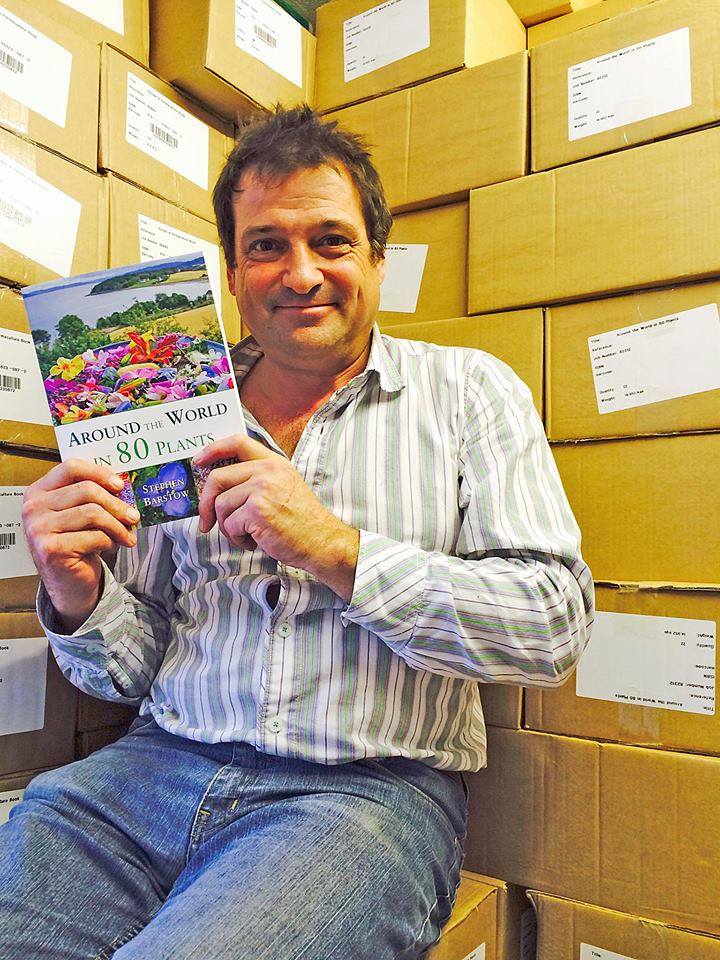
Ringve’s 50th Biodiversity Celebrations
Fantastic day at Ringve Botaniske Hagen’s 50th anniversary garden party for the city. The theme for the day was Biodiversity and Sustainability! KVANN had a stand with a focus on perennial food plants that double as ornamental plants, insect-friendly or bird-friendly. We brought with us a number of such edi-ento-mentals and edi-avi-mentals (insect- or bird-friendly, edible ornamental plants) and many toom home plants or seeds! Eventually, all the flowers attracted biodiversity in the form of two admirals and a number of hoverflies!
Thanks to all KVANN members and others who visited and helped us, and especially Jurgen Wegter who helped and brought flower meadow seeds from Fagerli Naturgård!
Thanks also to Vibekke Vange and my colleagues at Ringve!
Pictures by Jurgen Wegter, Stephen Barstow and Meg Anderson!
Green blackcurrant
Despite trying green blackcurrants (grønn solbær) from different sources over several years, this is the first time they have fruited for me (others have died)! Green blackcurrant? These are variants of Ribes nigrum (blackcurrant / solbær) that lack the black pigment. This is a variety called Venny which is now commercially available in Scandinavia – mine came from a member of KVANN (Norwegian Seed Savers). I can confirm that when they are ripe (soft when pressed) they are delicious and sweet tasting, and are supposedly rich in vitamin C. My bush is still small so can’t yet offer cuttings to folk!
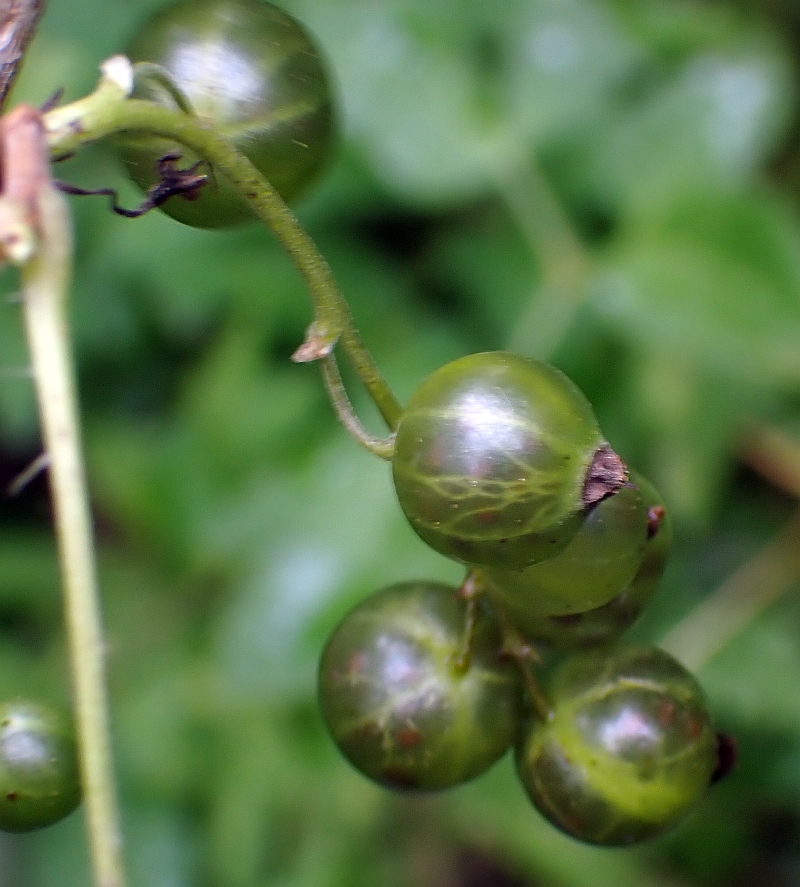
Dad’s potatoes – life goes on!
I harvested the last potatoes yesterday. This variety is Sharpe’s Express, an English variety from 1900 developed by a Mr. Sharpe in Lincolnshire. Although an early variety, I planted them late in June just before I left for my Dad’s funeral. He had told me that he grew this variety during the war and having a few seed left it felt right to plant them <3 Historically, this is a variety commonly grown in Norway and rated by many as the best tasting of all varieties. Surprisingly, they didn’t get blight. I got these as virus-cleaned mini tubers as part of KVANN’s (Norwegian Seed Savers) potato project.
Habby in the snow
I think that we ate Hablitzia (fondly known as habby) shoots every day this March as the mild winter and largely unfrozen soil brought them on about a month earlier than normal, even the plants in the shadiest parts of the garden, where frozen soil normally lingers longer, have been harvested regularly this year. They’ve been used in all sorts of dishes from pizza to quiche to salads to a soba dish, stir fry in green pasta sauce, in curry, in vegetable patties and baccalao. Tasty, adaptable and nutritious! We’ve had 3 or 4 heavy snow falls which have melted again in a few days but the Caucasian spinach (stjernemelde or star orach in Norwegian) is hardly affected.
HABBY EASTER TO ALL MY FOLLOWERS :)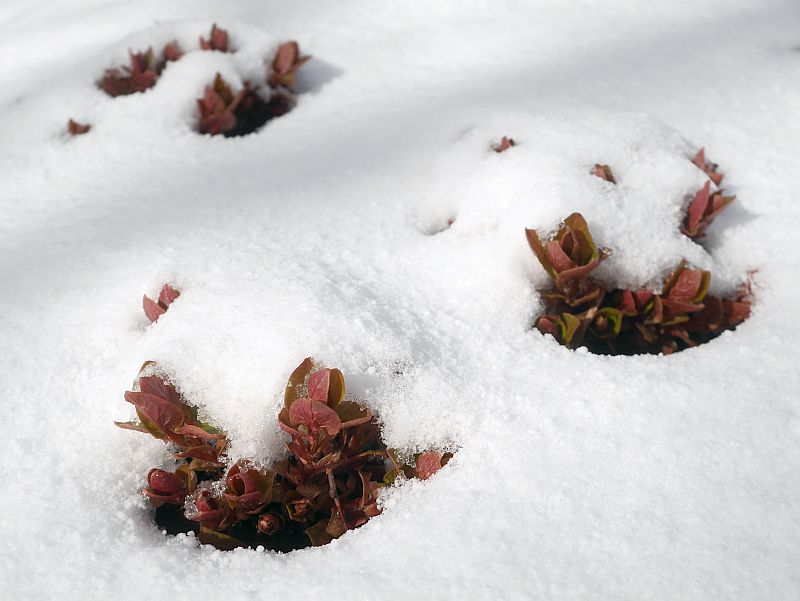
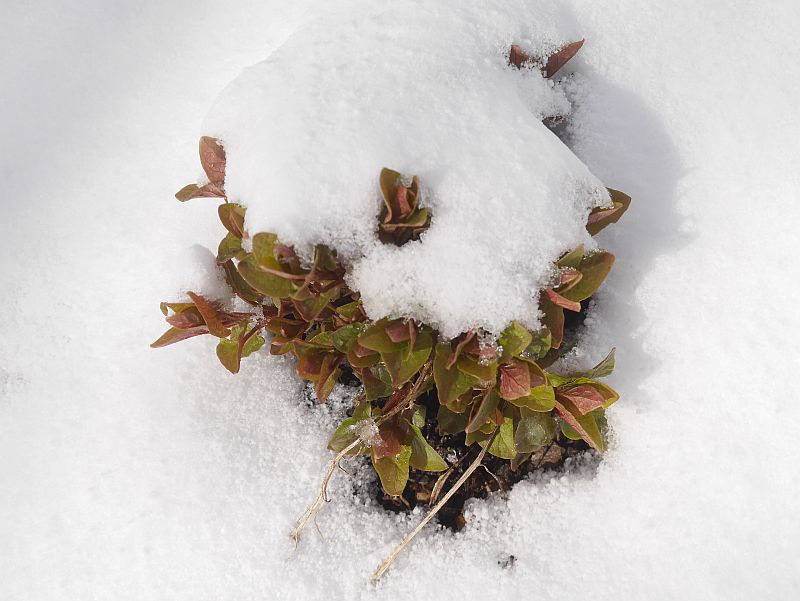
The Ladies 15, Admirals 2
Bombus consobrinus on Himalayan Balsam
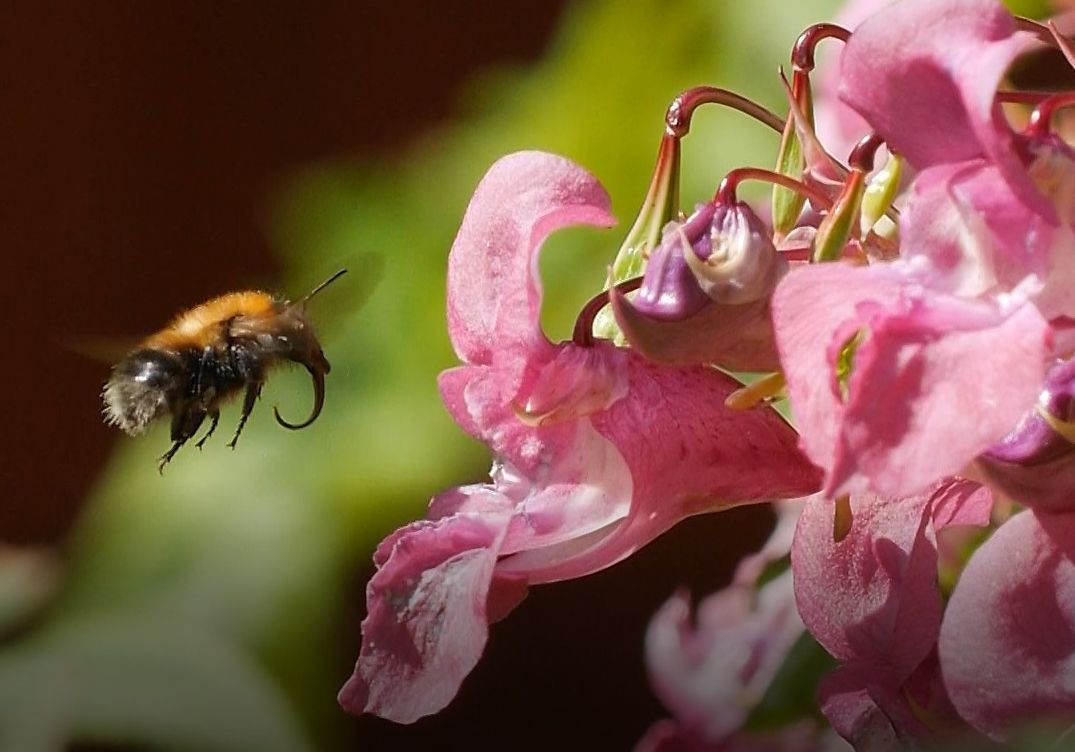
Thanks to Tor Bollingmo for the ID (he tells me, he’s not seen this species on Impatiens before).

